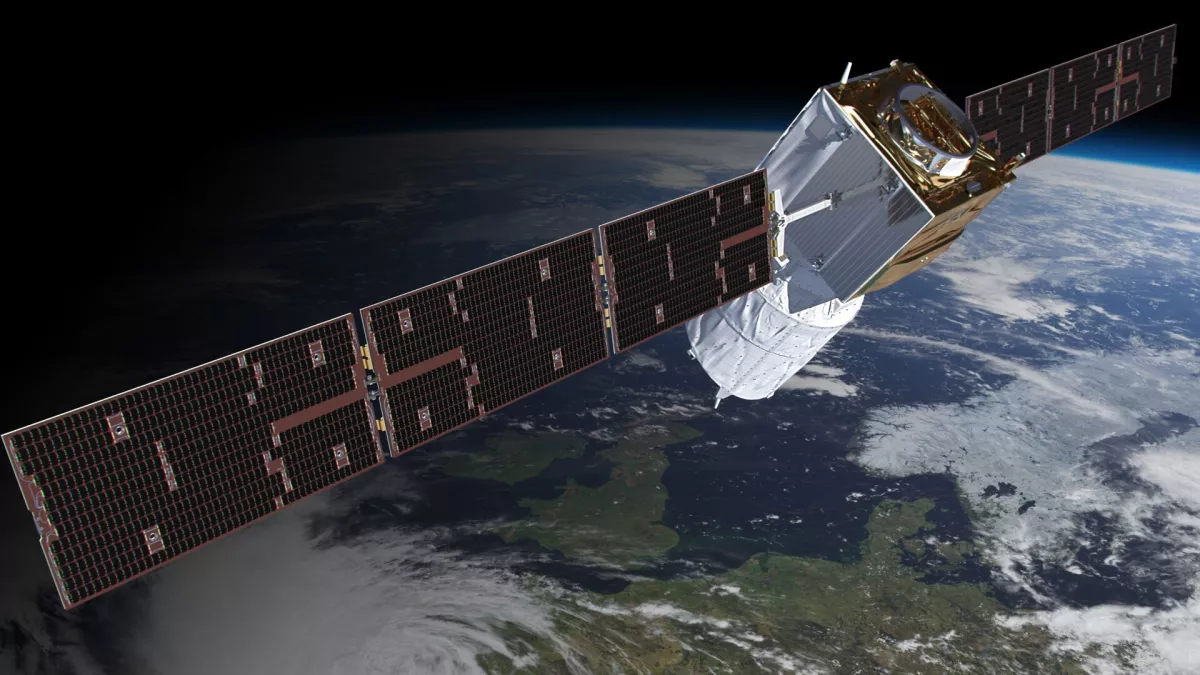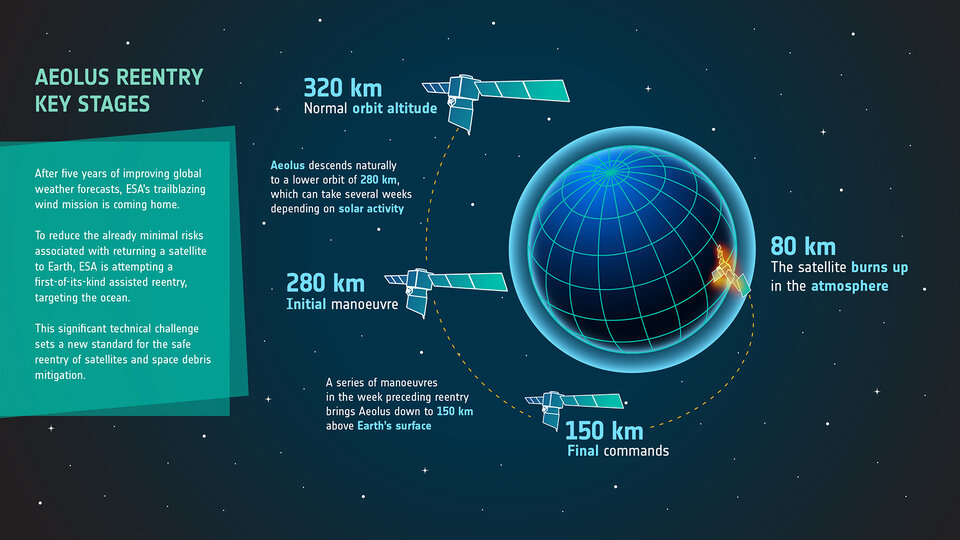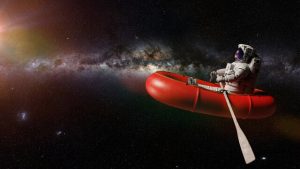ESA Prepares For Historical Aeolus Satellite Re-entry
21st Jul 2023
The European Space Agency (ESA) is preparing satellite re-entry plans as part of a new emphasis on sustainable operations in space. ESA’a wind mission satellite, Aeolus, which is currently in orbital decay, will be brought down. Committed to deorbiting inoperational satellites: “ESA’s spacecraft operators will soon intervene and attempt to guide Aeolus in a first-of-its-kind assisted reentry.”
British-built satellite’s lifespan comes to an end after years of success in orbit. Aeolus provided Earth’s meteorology centres with data that has drastically improved weather forecasts. ESA said in a press release: “having surpassed all expectations, Aeolus’ fuel is now almost spent, and the mission is over.”
Isabel Rojo, Flight Director for Aeolus, added: “[we] have designed a series of manoeuvres and operations to assist Aeolus, and attempt to make its reentry even safer than was originally designed.”
Controlling Aeolus’ Re-entry

ESA’s Flight Control Team will manually bring Aeolus back down to Earth. Most of the satellite is projected to burn up on reentry when it hits an altitude of 80 km, yet, some of the debris may hit Earth. To ensure the satellite safely reenters, ESA said: “the Flight Control Team is aiming at a stretch of ocean beneath the satellite’s track… as far away from land as possible.”
The first manoeuvre will lower Aeolus to 250 km. Four additional manoeuvres later will place Aeolus within 150 km, which is where ESA will perform health checks over a 12 hour period. A final manoeuvre will see Aeolus return home in a matter of hours – mostly burning up on reentry.
What Could Impact Aelous’ Re-entry?
Aeolus is falling into Earth’s atmosphere at around 1 km per day – but that rate is increasing rapidly. Solar activity could expedite the process as solar flares and coronal mass ejections’ heat up Earth’s atmosphere, causing dense air below to rise and increase drag on Aeolus. However, low solar activity could have a reverse effect.
Mitigating Space Junk
ESA has increased their focus on space debris mitigation, which has engendered Aeolus’ return. This includes ESA’s Zero Space Debris Charter, that will see defunct satellites – including Aeolus – deorbited. Many other space companies have also committed to the cause, with ClearSpace and Arianespace set to deorbit space debris by 2026.







Thank you for your comment! It will be visible on the site after moderation.